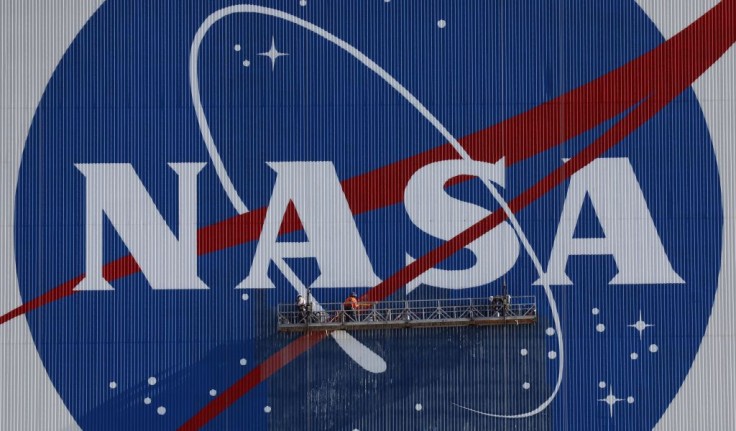
A new massive asteroid has been identified, and it has the same size with a football field.
In relation to this, NASA Asteroid Detector was upgraded to scan the entire sky for 24 hours.
New Biggest Asteroid Found: Will It Affect Astrounats?
Astronomers have identified the second transitory "Earth Trojan" asteroid, which is expected to orbit the Sun for at least 4,000 years and might be a target for spacer miners or astronauts investigating the Solar System, per Forbes.
The study, which was published in Nature Communications, utilized a variety of telescopes to discover, confirm, and investigate the second-known "Earth Trojan" asteroid, which is a small body that orbits a planet.
The said massive asteroid is known as 2020 XL5, and it is nearly a kilometer wide and three times larger than the first one, 2010 TK7, discovered in 2010.
Space Reference explained that Asteroid 2010 TK7 is a tiny asteroid whose orbit may bring it near to Earth.
Due to its orbit's proximity to Earth, NASA JPL has classed 2010 TK7 as a "Near Earth Asteroid."
Additionally, it is not deemed potentially hazardous because computer models have not revealed any imminent possibility of future contact.
Moreover, 2010 TK7 has a diameter of roughly 0.4 kilometers, making it larger than 90 percent of asteroids.
In terms of its size, it has the same size as the U.S Capitol Building.
Meanwhile, the 2020 XL5 is around 60 degrees behind Earth in a steady orbit and has the same size with a football field.
Read Also: Xbox Game Pass February 2022 List: 'CrossfireX,' 'Ark: Ultimate Survivor Edition;' 'FFXII' Leaving?
For background information, Forbes reported that the Pan-STARRS1 survey telescope in Hawaii detected 2020 XL5 on December 12, 2020, but astronomers were unable to verify its orbit.
Despite this, they were able to determine that it was an Earth Trojan by monitoring the sky near the horizon at morning.
With regards to the equipments used, they employed the SOAR Telescope in Chile, the European Space Agency's 1-meter Optical Ground Station in Tenerife, Canary Islands, and the Lowell Discovery Telescope in northern Arizona.
Furthermore, the cameras used can see asteroids that are 50 million times fainter than the faintest star visible to the naked eye.
2020 XL5 appears to be made of carbon, could have been expelled from the main asteroid belt after colliding with Jupiter, and will most likely remain in its orbit for at least 4,000 years.
The authors speculate that because 2020 XL5 is a somewhat larger asteroid than 2010 TK7, it could be a better target for a future fly-by or sample-return mission.
According to the authors, it will be difficult for a probe to slow down enough, so a flyby mission would be far easier.
Despite this, they are optimistic about the furture stating that these objects may become ideal targets for space missions and, in the distant future, to settle human bases or install scientific hardware that would benefit from their peculiar location.
NASA's Asteroid Detector Upgraded To Scan The Entire Sky
In other space-related news, Gizmodo reported that the ATLAS planetary defense system, which monitors the sky for near-Earth objects, has been improved to scan the whole night sky once every 24 hours-half of it in each hemisphere.
This monitoring system is critical for tracking asteroids and debris on their way to collide with Earth.









